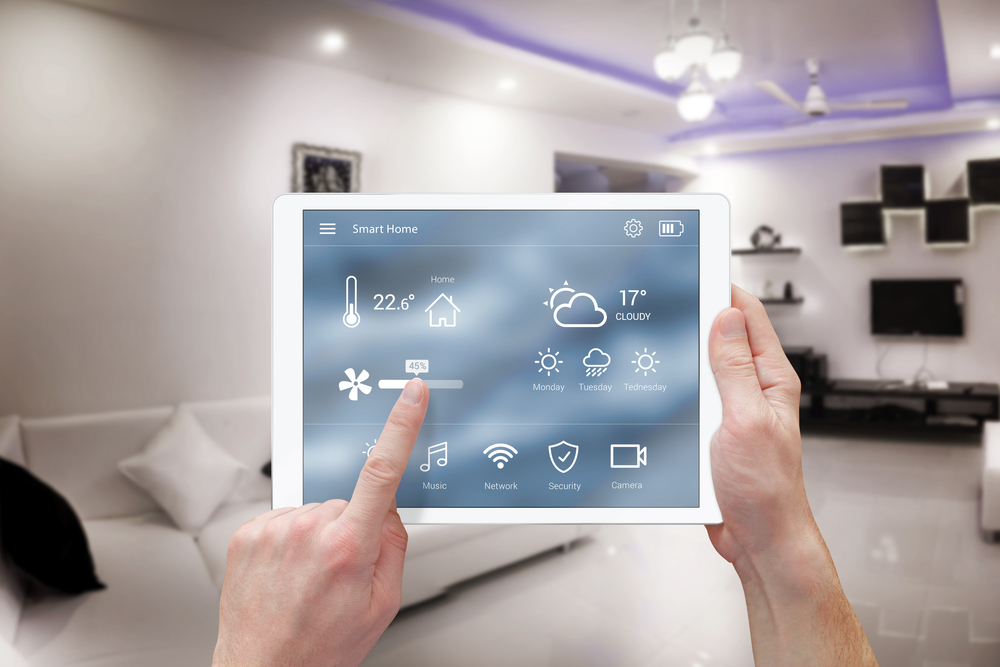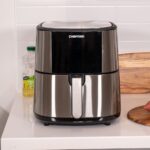Smart homes are no longer a futuristic fantasy—they’re accessible, practical, and growing more affordable every year. But before you start filling your house with smart plugs, lights, cameras, and thermostats, there are a few important things to understand. This guide walks you through what you should know before automating your home so you can build a system that fits your lifestyle and budget.
What Does Home Automation Really Mean?
Home automation is about controlling devices—like lights, appliances, door locks, and thermostats—through apps, voice assistants, or automated routines. It ranges from simple setups like scheduling a lamp to more advanced systems that manage your entire home.
Start with a Purpose, Not Just the Tech
Before buying anything, think about what problems you want to solve.
- Do you want to save energy?
- Make your home more secure?
- Create more comfort and convenience?
Choosing devices with a clear purpose ensures your smart home actually works for your needs—not just because it looks cool.
Key Things to Know Before You Begin
1. Make Sure Devices Are Compatible
Not all smart devices work together. Choose products that use the same platform—like Amazon Alexa, Google Home, Apple HomeKit, or Samsung SmartThings. Compatibility ensures all your devices can talk to each other without needing ten different apps.
2. You’ll Need Reliable Wi-Fi
Smart devices rely on a stable internet connection. If your Wi-Fi is spotty or slow, you might run into problems with lag, connection drops, or failed automations.
- Consider upgrading your router if needed
- Use a mesh Wi-Fi system for large homes
- Place routers near high-traffic device areas
3. Don’t Automate Everything at Once
It’s tempting to jump in and buy smart everything—but it’s better to start small. Begin with one category like lighting or climate control. Once you’re comfortable, expand into others like security or appliances.
4. Consider Privacy and Security
Smart home devices collect data about your routines and usage.
- Choose reputable brands with good track records
- Change default passwords and enable two-factor authentication
- Keep firmware and apps updated to reduce security risks
5. Automation Takes a Little Setup
While many devices claim to be “plug and play,” most require some setup and learning curve. You may need to create schedules, routines, or link services through apps. The good news is, once set up, they can run with minimal input.
6. Look for Long-Term Support
Stick with brands that offer regular updates and good customer service. Cheap, no-name devices may work at first but fail over time or stop working when apps are discontinued.
Popular Smart Devices to Consider
- Smart lights and bulbs
- Smart plugs and switches
- Video doorbells and security cameras
- Smart thermostats
- Voice assistants (Alexa, Google Assistant, Siri)
- Smart locks and garage door controllers
Final Thoughts
Automating your home doesn’t have to be expensive or overwhelming—but it does take a little planning. Start with a specific goal, make sure your devices are compatible and secure, and build gradually. Done right, smart home tech can save you time, lower your energy bills, and make everyday living feel just a little more magical.
Want beginner-friendly reviews of smart devices that are actually worth buying? Browse our top picks in Home Upgrades.








Leave a Reply